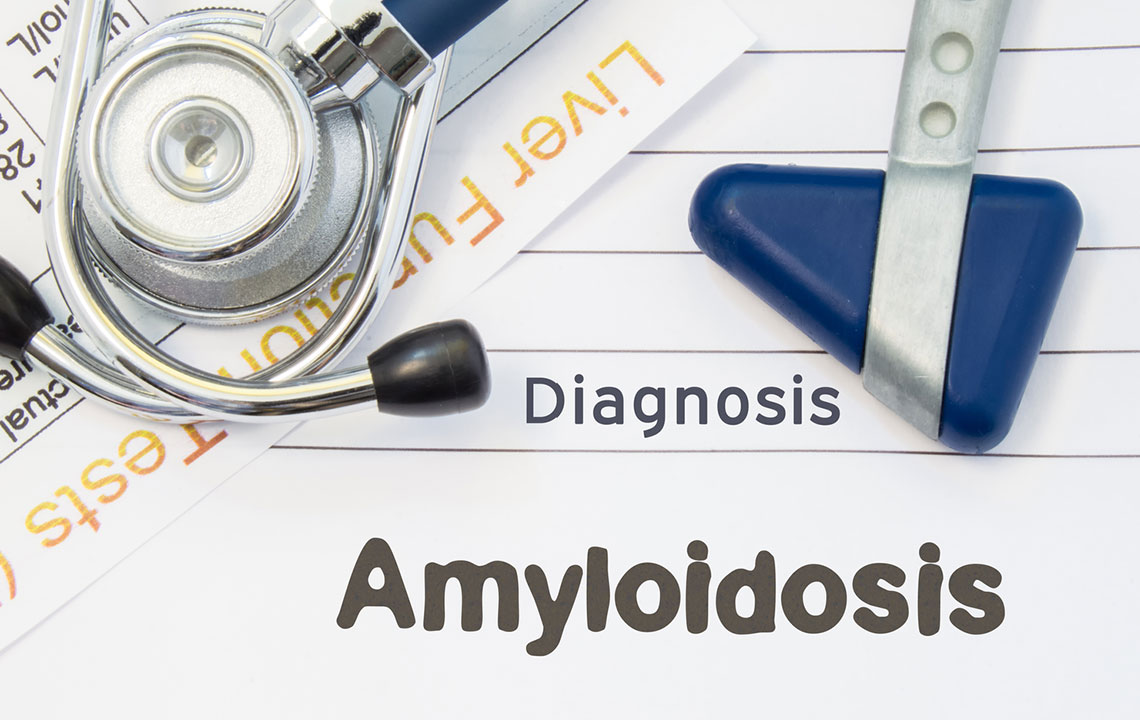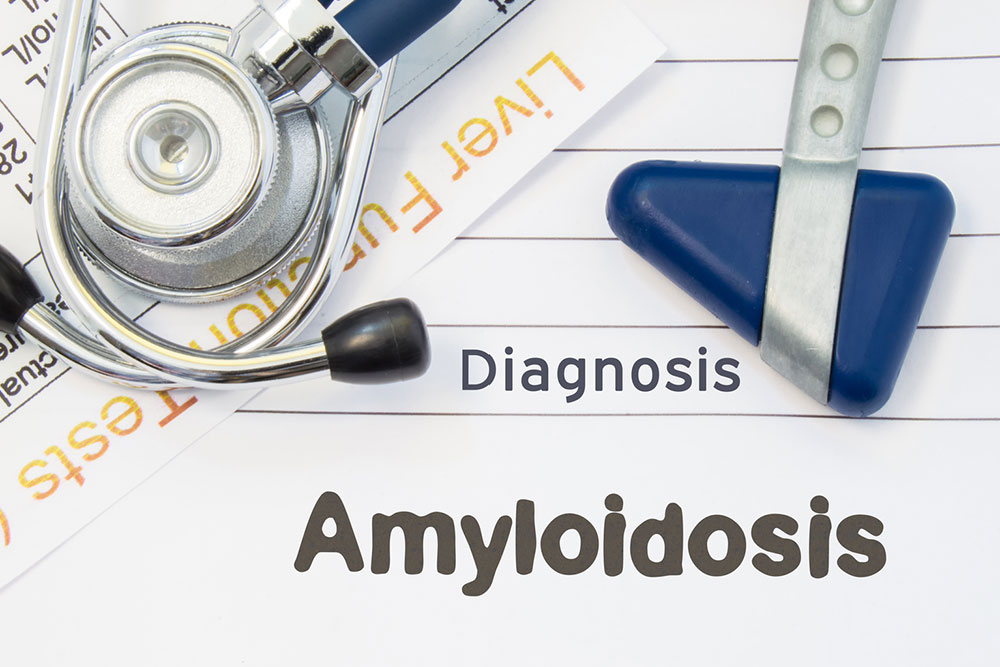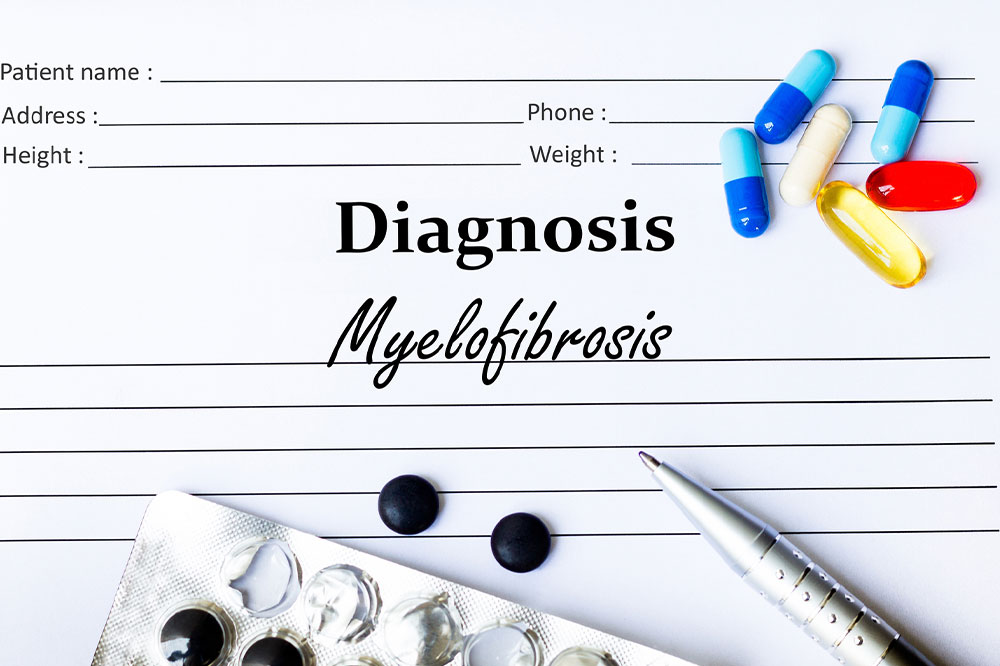In-Depth Overview of the Four Main Types of Amyloidosis and Their Management Strategies
This comprehensive guide delves into the four main types of amyloidosis, exploring their causes, symptoms, and tailored treatment strategies. Early diagnosis and personalized care are crucial for managing this complex disease effectively, with recent advances offering hope for improved outcomes.

Amyloidosis is a complex and rare medical condition characterized by the abnormal accumulation of amyloid proteins in various tissues and organs. This protein build-up can lead to significant organ dysfunction and, if untreated, can be life-threatening. The disease primarily affects vital organs such as the heart, kidneys, liver, spleen, and parts of the digestive system. Annually, healthcare professionals diagnose over 4,000 new cases globally, with most patients falling within the age bracket of 50 to 65 years old. Given its rarity and complexity, understanding the different types of amyloidosis and their tailored management approaches is essential for effective treatment and improving patient outcomes.
Understanding Amyloidosis: What You Need to Know
Amyloidosis, at its core, involves the misfolding of normal proteins into abnormal amyloid fibrils that deposit in tissues and organs. These deposits interfere with normal organ function, leading to symptoms that can vary based on the organs involved and the type of amyloid accumulated. Recognizing the symptoms and understanding the underlying causes are crucial steps towards timely diagnosis and appropriate management.
The Four Main Types of Amyloidosis
Primary Amyloidosis (AL)
Primary amyloidosis, often abbreviated as AL amyloidosis, stands as the most common form of the disease. It originates from abnormal plasma cell activity within the bone marrow, which produces excess light chains of immunoglobulins. These light chains misfold and deposit as amyloid fibrils in tissues and organs. Importantly, AL amyloidosis frequently coexists with other blood disorders such as multiple myeloma, lymphoma, and Waldenstrom’s macroglobulinemia, illustrating its connection to hematological malignancies.
Patients with this type often present with a range of symptoms, including heart failure, renal impairment leading to proteinuria or nephrotic syndrome, hepatomegaly (enlarged liver), macroglossia (swelling of the tongue), and sometimes skin or nerve involvement. The aggressive nature of AL amyloidosis necessitates early diagnosis and a multifaceted treatment approach.
Management Strategies for AL Amyloidosis
Supportive Therapy: Focuses on alleviating symptoms and preventing further organ damage. For example, diuretics may be used to manage fluid overload in heart failure, while dialysis might be necessary for renal failure. Improving quality of life is a primary aim at this stage.
Source-Directed Therapy: Aims to suppress the clone of abnormal plasma cells producing amyloidogenic light chains. This is achieved through chemotherapy regimens, proteasome inhibitors like bortezomib, and targeted immunomodulatory drugs. These treatments can reduce the production of amyloid and potentially reverse some of the organ damage if started early.
Combination Treatments: Recent advances have led to combination therapies that include chemotherapy, monoclonal antibodies, and novel agents tailored to individual patient profiles. Such protocols have demonstrated promising results in controlling disease progression and improving survival rates.
Secondary Amyloidosis (AA)
Secondary amyloidosis, known as AA amyloidosis, develops as a complication of chronic inflammatory conditions. Diseases such as rheumatoid arthritis, familial Mediterranean fever, and chronic infections trigger persistent inflammation, which in turn leads to the overproduction of serum amyloid A (SAA) protein. Over time, these proteins misfold and deposit as amyloid fibrils mostly in the kidneys, but they can also affect the spleen, liver, and other organs.
The hallmark of AA amyloidosis is kidney involvement, often resulting in proteinuria, nephrotic syndrome, and eventually renal failure. Managing this type hinges on controlling the underlying inflammatory disease, which is crucial to halting or slowing amyloid accumulation.
Management Approaches for AA Amyloidosis
Inflammation Control: Biological agents such as anti-TNF drugs, IL-6 inhibitors, and other immunosuppressants are used to reduce systemic inflammation and decrease serum amyloid A protein levels.
Symptomatic Treatment: Dialysis may be necessary for patients with kidney failure, while supportive care addresses symptoms like edema and nutritional needs.
Monitoring and Follow-up: Regular assessment of organ function and amyloid protein levels helps guide treatment effectiveness and adjust therapies accordingly.
Familial Amyloidosis (ATTR)
Familial amyloidosis, also called transthyretin amyloidosis (ATTR), is an inherited form of the disease caused by mutations in the transthyretin gene. These genetic mutations lead to the production of abnormal transthyretin proteins, which misfold and deposit as amyloid fibrils primarily in the heart and peripheral nerves. This form of amyloidosis typically manifests between ages 40 and 55, although symptoms can appear earlier or later depending on the mutation.
Over 100 transthyretin mutations have been identified, making diagnosis and treatment complex. Common symptoms include cardiomyopathy (heart muscle thickening), arrhythmias, peripheral neuropathy, and autonomic dysfunction. The disease's progressive nature can severely impair quality of life and survival.
Management Strategies for ATTR Amyloidosis
Transthyretin Stabilizers: Medications like tafamidis and diflunisal stabilize the transthyretin tetramer, preventing its dissociation and subsequent amyloid fibril formation.
Gene Silencers: Drugs such as patisiran and inotersen target the liver to reduce the production of abnormal transthyretin, thus slowing disease progression, especially in neuropathic forms.
Fibril Disruptors: Investigational agents aim to break down existing amyloid deposits and restore organ function.
Liver Transplantation: Since transthyretin is produced in the liver, transplantation may be considered in select hereditary cases to halt production of the mutant protein.
Localized Amyloidosis (ALoc)
Localized amyloidosis involves amyloid deposits confined to specific tissues or organs without systemic involvement. Common sites include the airways, eyelids, skin, bladder, and heart. Unlike the systemic types, this form often results from light chains produced locally by plasma cells or other proteins synthesized in the affected tissues.
Patients may experience symptoms related to the affected site, such as airway obstruction, eye swelling, or skin lesions. The prognosis is generally better than systemic forms, but disease progression can still cause significant complications.
Management of Localized Amyloidosis
Treatment of Primary Cause: Surgical removal of amyloid deposits can be effective, especially if located in accessible tissues like skin or the airway.
Pharmacologic Therapies: Targeted treatments aimed at inhibiting local amyloid production or promoting fibril breakdown are under investigation.
Supportive Care: Pain management, physical therapy, and counseling are important components to maintain quality of life.
Regular monitoring and careful symptom management are crucial for patients with localized amyloidosis to prevent complications and improve long-term outcomes.
Conclusion
Understanding the distinct types of amyloidosis and their specific management strategies is essential for healthcare professionals and patients alike. Early diagnosis and personalized treatment plans can significantly influence prognosis, improve quality of life, and extend survival. Advances in targeted therapies, gene editing, and supportive care continue to evolve, offering hope for better disease control and potentially, future cures.
Whether dealing with systemic or localized forms, ongoing research and clinical trials are vital to uncovering more effective treatments. Patients should work closely with multidisciplinary teams to develop tailored therapeutic approaches that address their unique needs.





